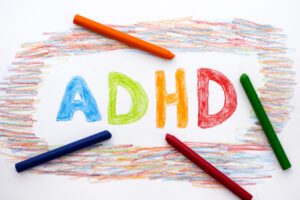Neuroimaging has revealed distinguishable maturation patterns in the brains of children with attention-deficit/hyperactivity disorder (ADHD), opening the possibility for the development of a pediatric neurological growth chart, according to results of a study published online April 13 in JAMA Psychiatry.
For the past 200 years, normative growth charts for pediatric height, weight, head circumference and other physical characteristics have assisted doctors in identifying potentially significant health conditions in growing children.
But in 2016, the availability of advanced imaging techniques such as resting-state functional neuroimaging has raised the possibility of creating a similar guide regarding brain function and maturation, said lead author Daniel Kessler, of the University of Michigan in Ann Arbor, and colleagues.
“The human brain is organized into several large-scale intrinsic connectivity networks (ICNs), each associated with distinct neurocognitive functions. Moreover, relationships within and between ICNs exhibit clear trajectories of change from childhood to young adulthood,” he said. “It is plausible, then, that deviations from normative trajectories of network maturation might be predictive of a range of clinically important psychological characteristics and conditions.”
The researchers used existing data 519 pediatric patients with ADHD obtained between 2009 and 2011 from the Philadelphia Neurodevelopmental Cohort to investigate patterns of impaired attention function based on network maturation.
Read More – Source: Resting-state brain imaging leads to growth chart creation for pediatric ADHD | Health Imaging
